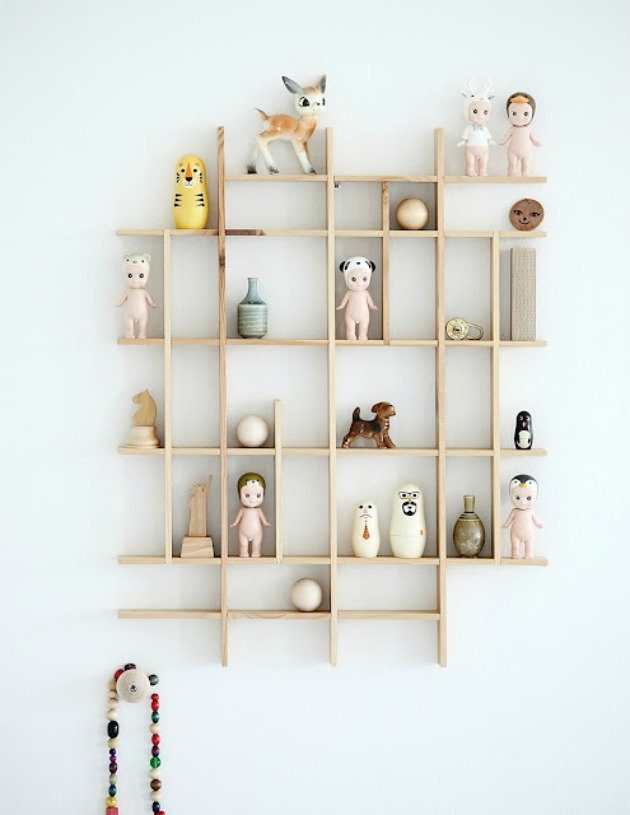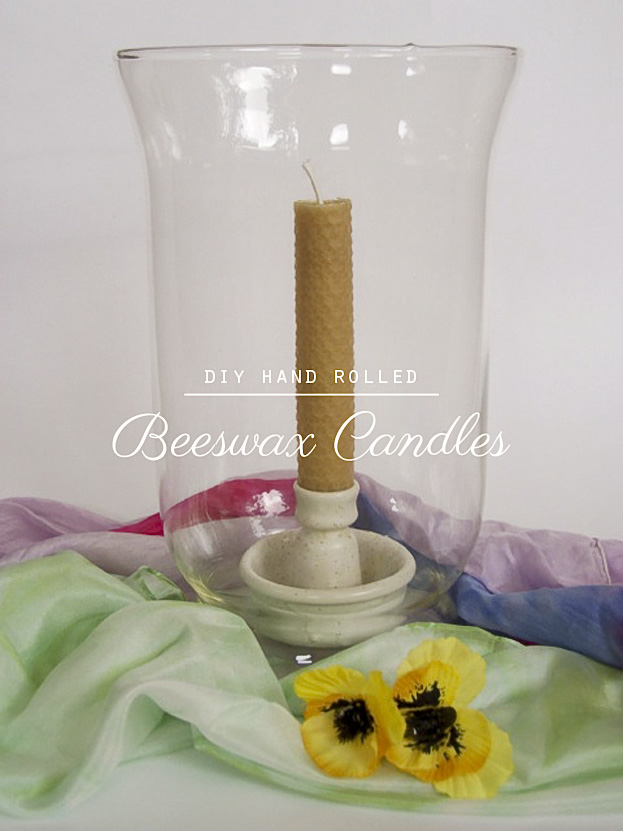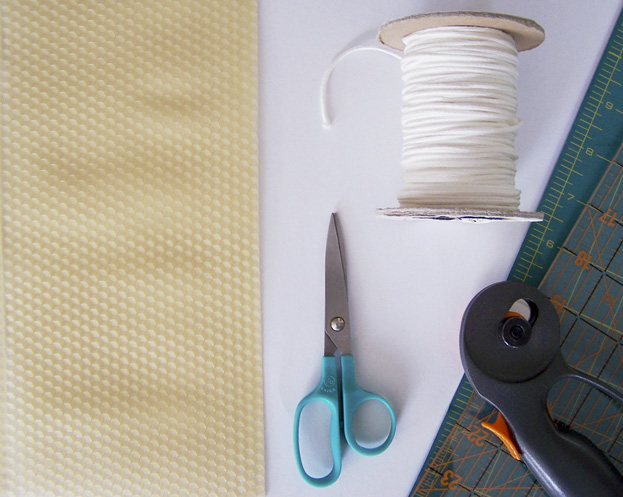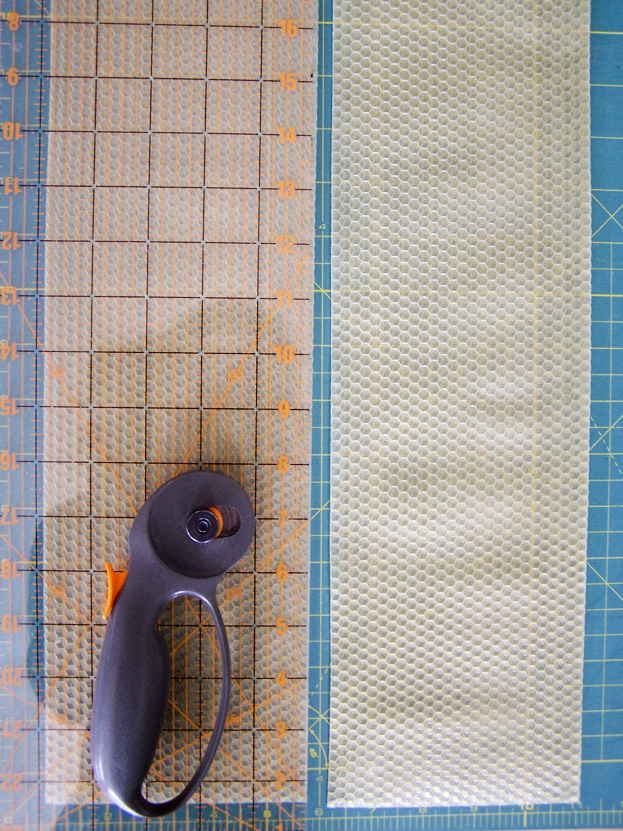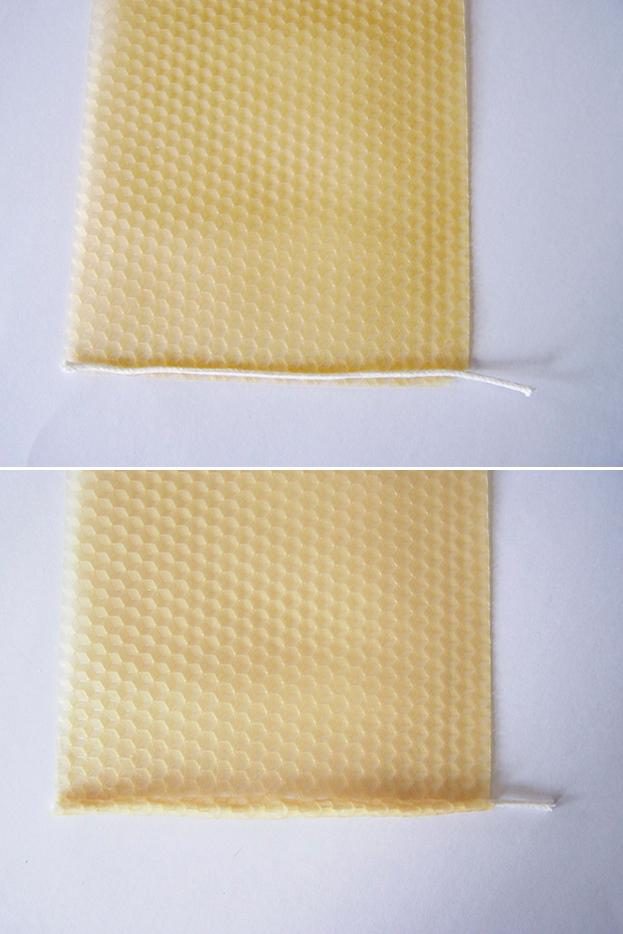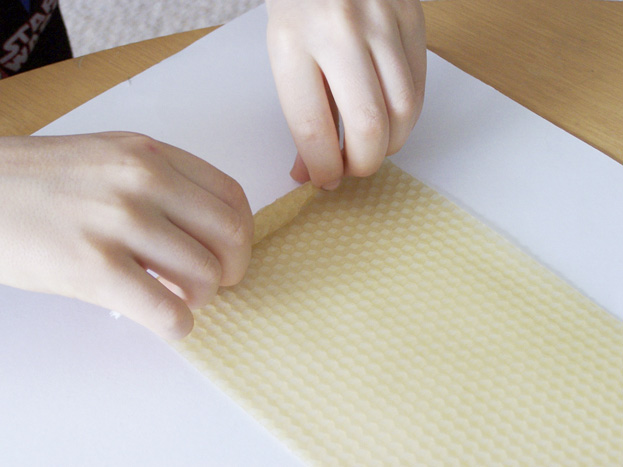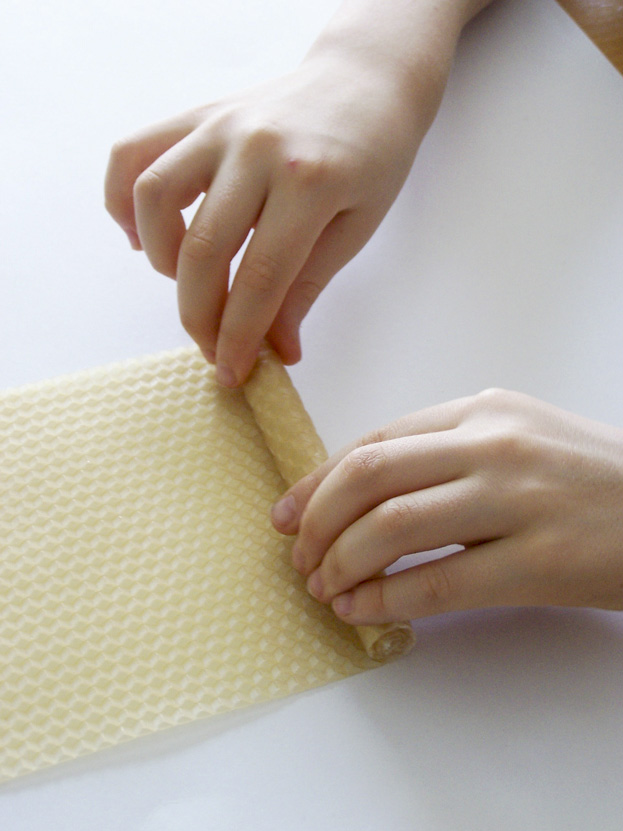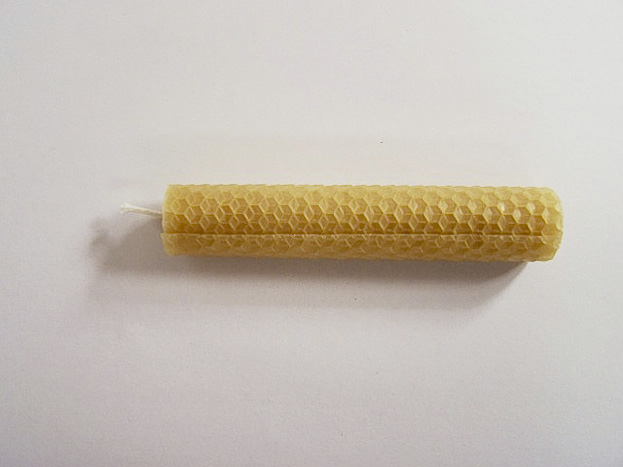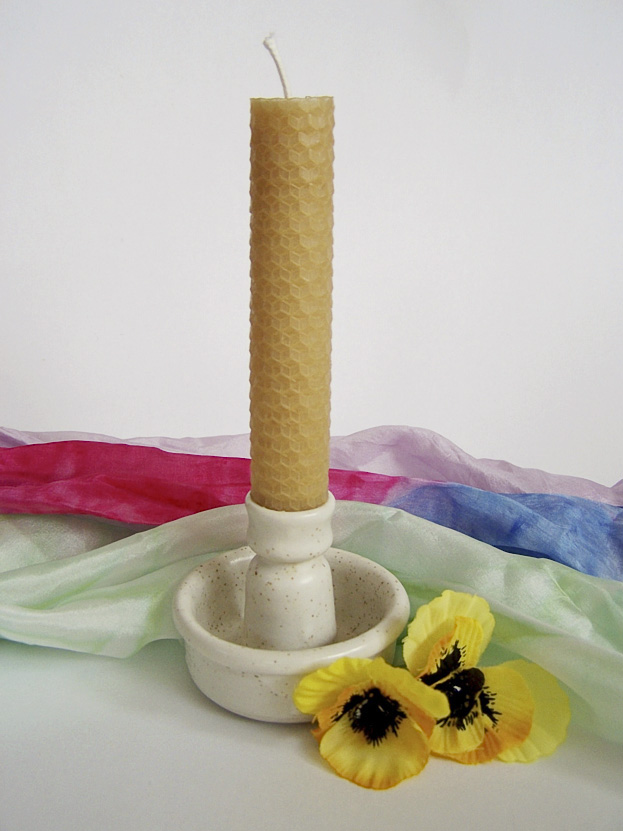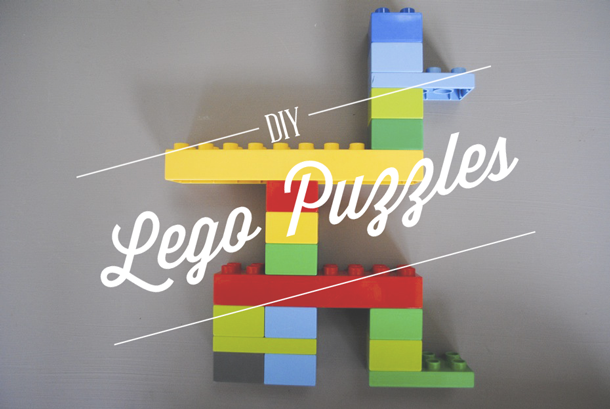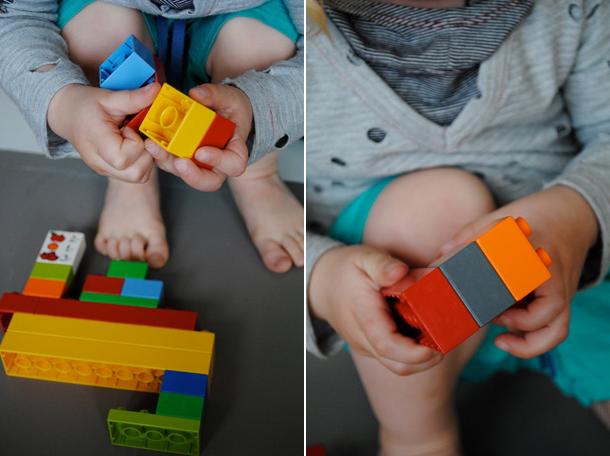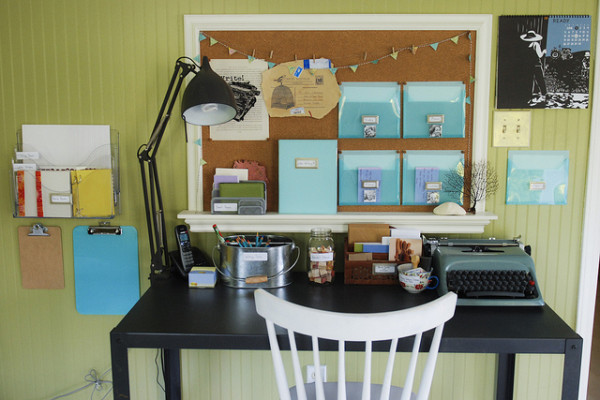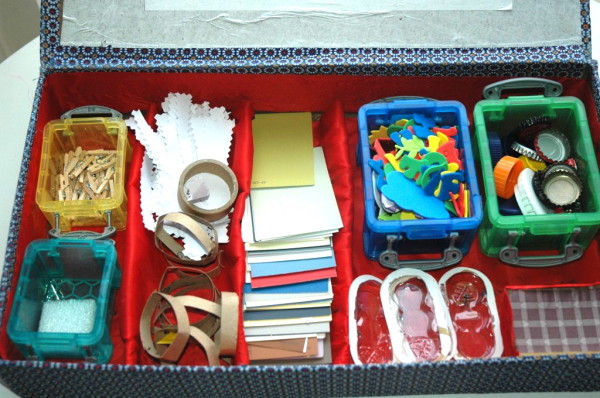Raising Helpers

We’ve spent a great deal of time trying to decide how to create a system of chores that works for us and our young family. Like many other parents, we started out using a rewards based chore chart when our oldest was a toddler. Prizes were a great motivation at first, but over time we could recognize that she was largely missing the point and I eventually grew tired of handing out prizes for the simplest of tasks. Now we’ve fallen into the trap many parents are in: besides asking our children to be generally neat and pick up their toys, we tend to do most of the chores ourselves.
The conclusion we’ve reached is that everyone who lives in the house with the family should be expected to contribute in some way. Rewards and allowances shouldn’t be given as a response to this contribution. Young children love to help, all they need is encouragement, consistency, and a loving parent or teacher to teach them how to help. For those of us applying this way of thinking to an existing family-where do we start? And, what can really be expected of young children?
Every family has their own way of operating, but hopefully the progress we’ve made in our journey can help you define your own approach. Our children are 6, 4, and 18 months. We’ve been allowing our youngest to help and teaching him new things when he seems interested, such as sweeping, throwing things in the garbage, and helping move clothes from the washer to the dryer. It’s fun to see him excited about helping, but there are no expectations or set chores for him yet at this time.
Here are a few suggestions for children from 2-6:
1. Define your everyday expectations. These are simple tasks that are attached to daily family life. Our 4 and 6 year old are expected to bring their dishes to the kitchen after meals, clean up spills, put their laundry in the basket, help put away clean clothes, pick up toys and games, make their beds, and throw garbage away. Speak of and enforce these tasks often and they will become a way of life. This is an area we are hoping to grow in! I believe my children are capable of more and I would love to see them become more independent and confident as their skills grow.

2. Rotating and Sporadic Tasks. These are tasks that don’t come up everyday, but on a weekly or sporadic basis. Examples would be: taking the garbage out to the curb, mopping floors, yard work, and watering plants. Look at your tasks for the week and ask your children to help you. To make things fun, we’ve decided to add a “helping envelope” for both children to the wall. A slip of paper with a picture of their “job” for the week will be inside each envelope at the start of the week. You can get creative with these. Does your child really love to sort things? Does she love to help in the kitchen? Does he love to be outside? Put them to work doing something they love!
3. Have Patience. As much as children love to learn a new skill, it can be difficult to learn a new task. Look at it as an opportunity to spend some extra time with your child. No, they’re not going to clean things exactly as you do. And yes, it will take them much longer. But, by teaching them to contribute and care for the things they own you are giving them an invaluable gift. Turn up the music and make it fun!
Here’s a helpful chart that’s been making the rounds on the web lately (source) :

How does your family handle household chores? I would love to hear about your experiences!

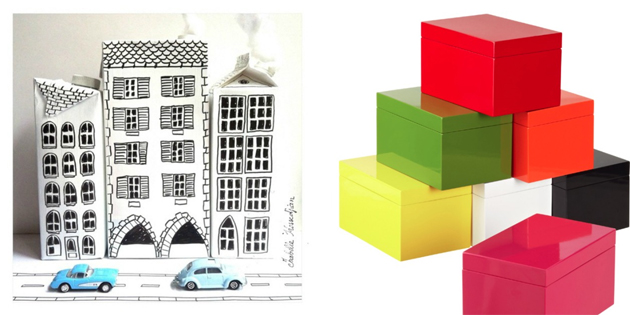 1. Less is More…
1. Less is More…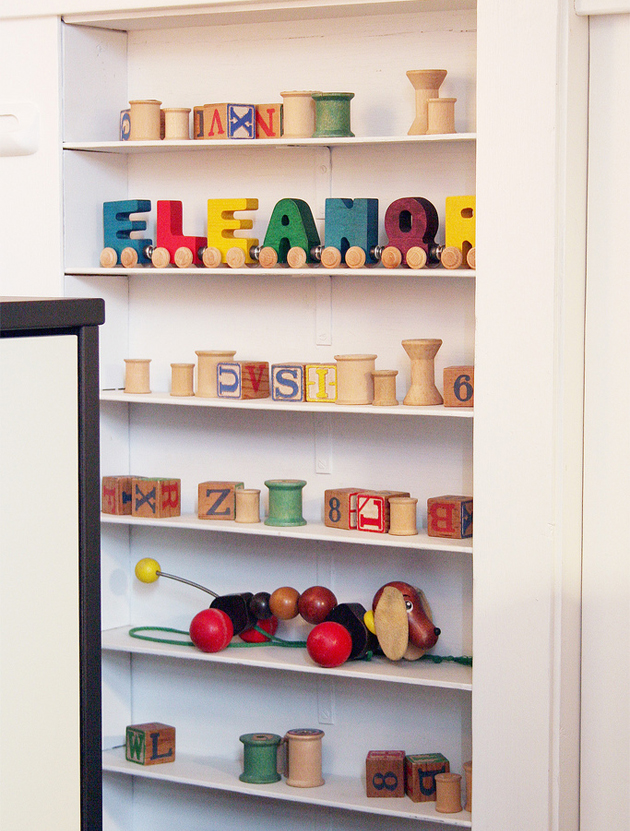 2. Start Collections…
2. Start Collections…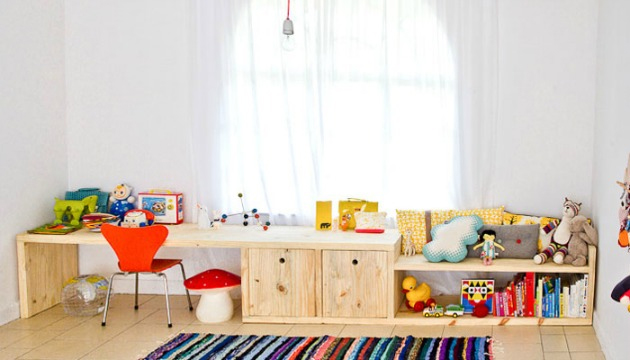 3. Store toys at a kid-friendly level:
3. Store toys at a kid-friendly level: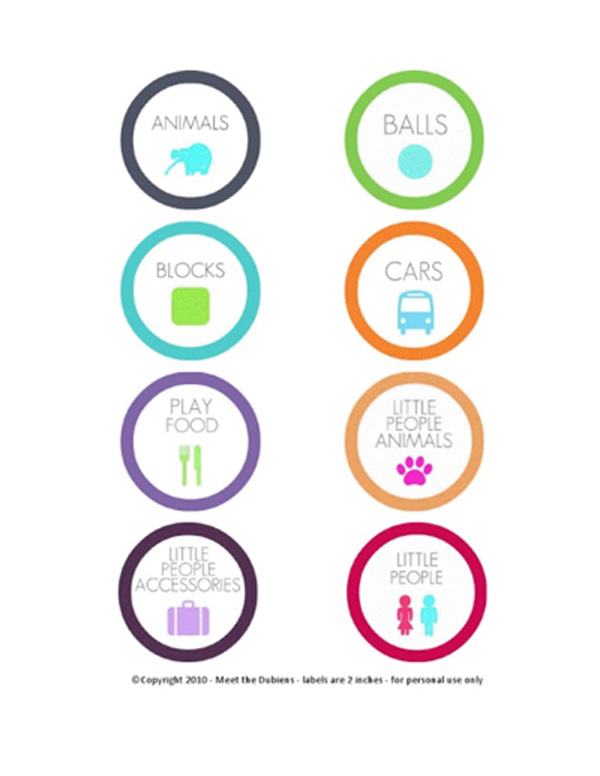
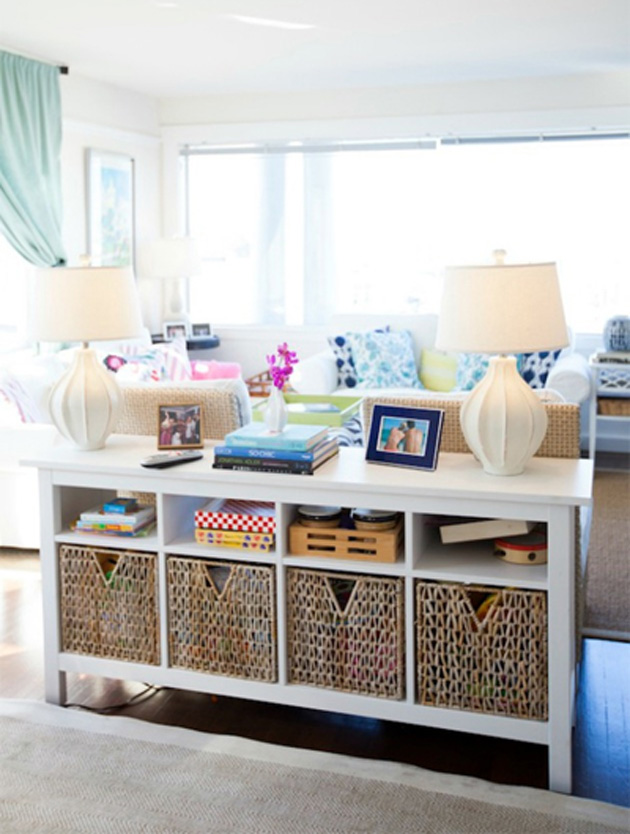 4. Establish dedicated play zones
4. Establish dedicated play zones
